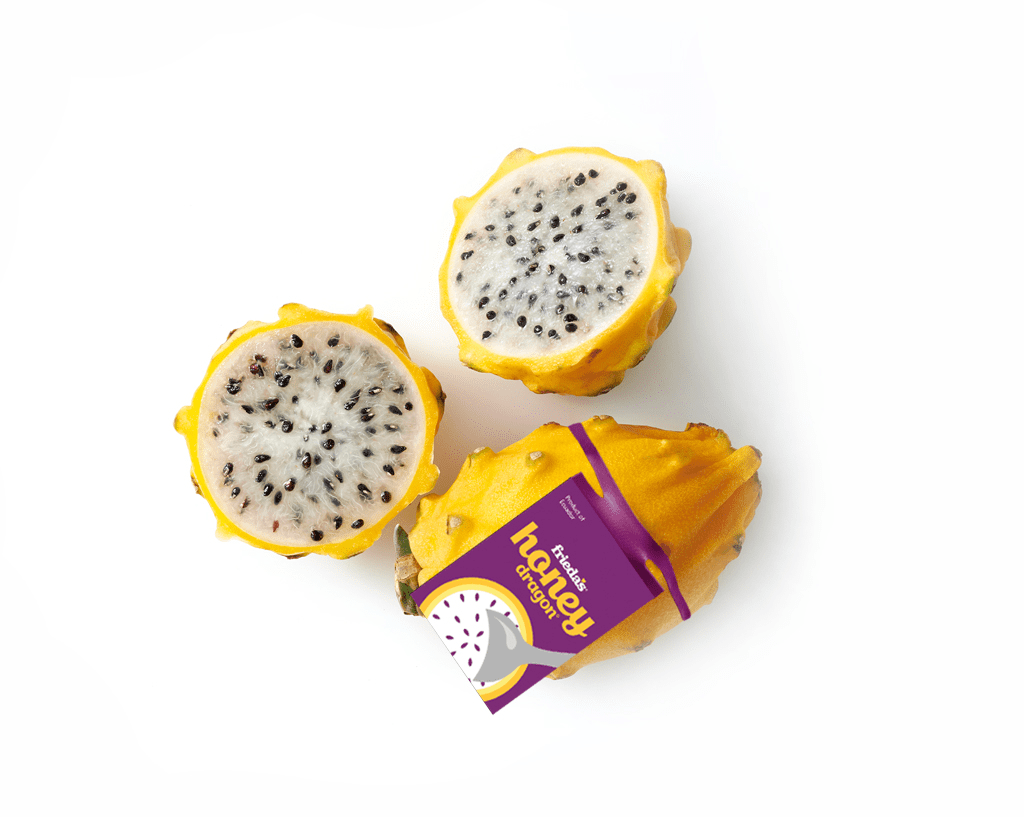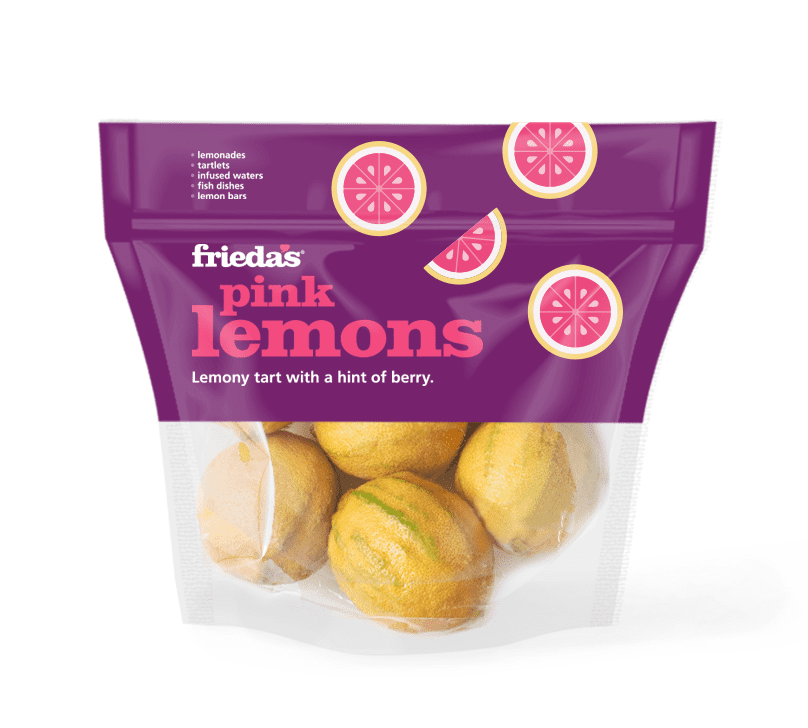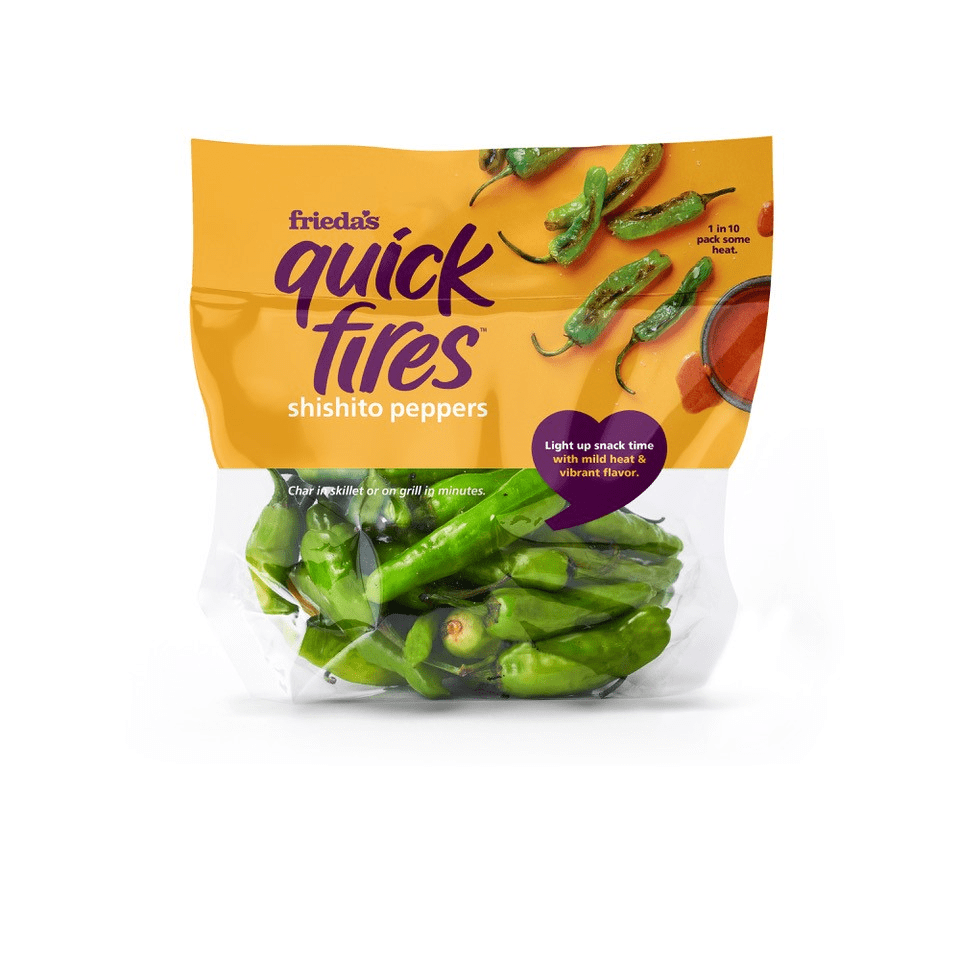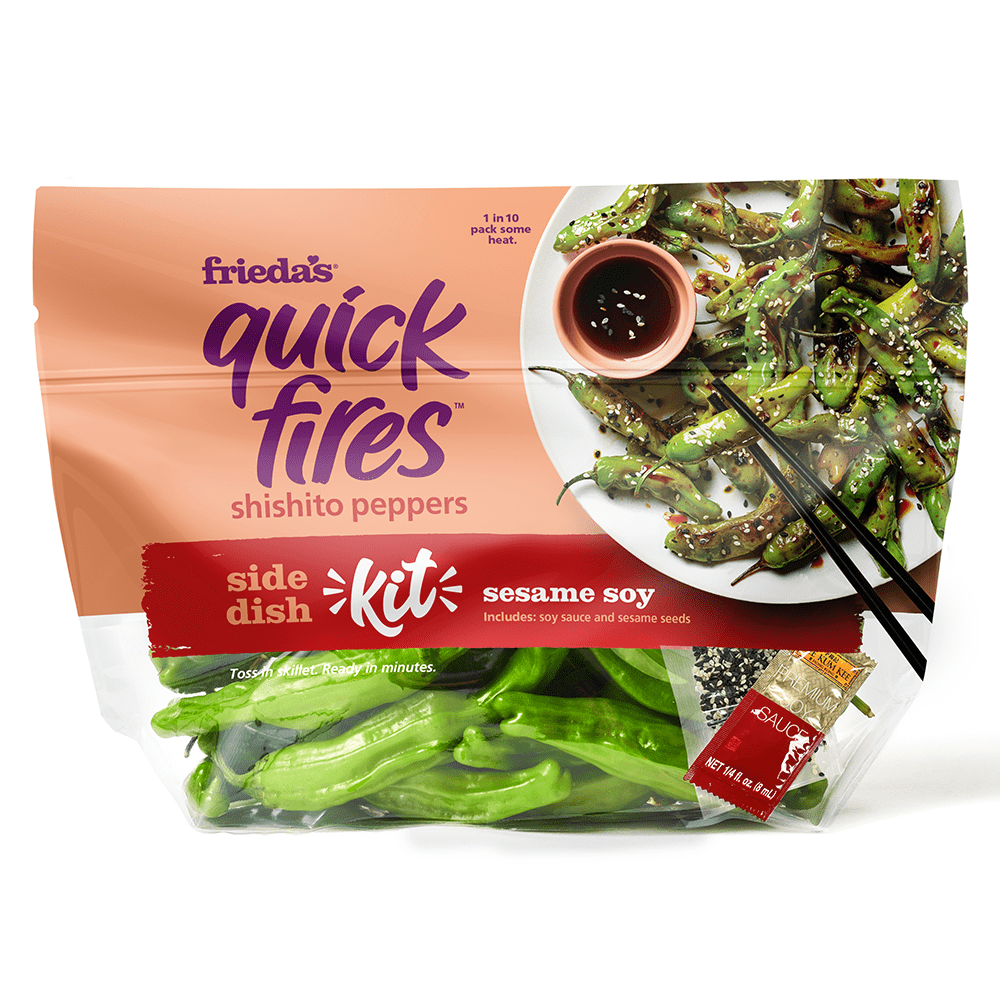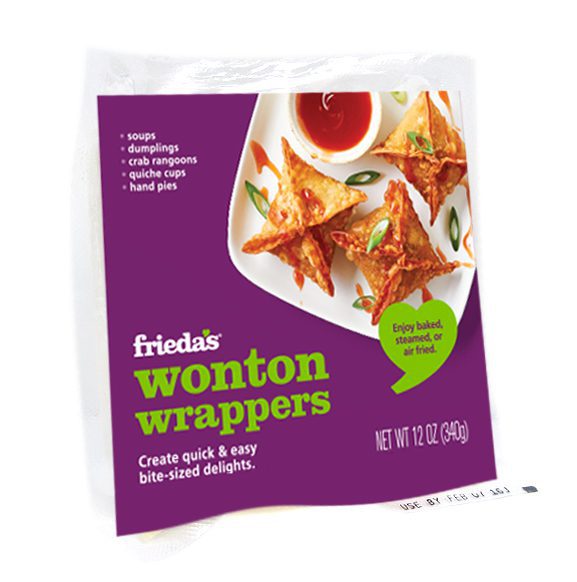This was the headline of a produce industry newspaper I received last week. It sure got my attention.
With all the torrential rains in California and three back-to-back freezes in Florida during recent weeks, you may not be thinking about strawberries right now, but I can guarantee you that berry farmers and supermarket and restaurant buyers are not only thinking about strawberries, they are probably “freaking out” a bit.
The two primary growing areas for strawberries in North America are California and Florida (and Mexico). They are a very high value and labor-intensive crop. Strawberries are hand-harvested and some of the best growing areas are on really expensive real estate (Oxnard and Watsonville, California, for example). Plus, fresh strawberries are one of the top-selling fruit items in U.S. supermarkets! So, if there are no strawberries to sell, it has a negative impact on the bottom line of the supermarket.
Farmers do their planning for the upcoming growing season as long as 12 to 24 months in advance, or longer, as they often times have to lease land, lease water, order seed, order plants, hire labor…and then get commitments in advance from their largest customers so they know how much to plant.
Like all fresh produce, no matter how much planning goes on, we are ultimately at the whim of Mother Nature. So, what will happen if there is a virtual shortage of fresh strawberries for a few months? Here’s how I see it:
The produce industry is well known as “price takers,” rather than some commodities (like steel or oil) which are “price makers.” A price maker can add up all their costs and come up with a selling price, and that’s the price for which they sell their product. And if no one buys it, they have two choices: they can wait until someone buys it, because it is not perishable and won’t go bad, or they can lower their price to make a sale.
For price takers, like in fresh produce, we don’t have those options. If we don’t sell the product, it just goes bad and we get nothing. (In the case of fresh strawberries, they can freeze them, but the price they get will be far cheaper than in the fresh market.)
Because of this, there are wide fluctuations in prices. Last January the price (at the farm) for an 8-pound carton of fresh strawberries ranged from $24 to $28 — plus freight and all the costs associated with getting it to the store. However, I just checked this morning, and after all the rains in California and the freezes in Florida, that same carton of strawberries might be fetching more than $42 per carton — almost double the price from last year. So, don’t be surprised to see a clamshell of strawberries for $9.99 in your store – if you can even find them! And you might find smaller clamshells for a while, so they can spread supplies around to more customers.
It all boils down to Economics 101: supply and demand. And who will get the few strawberries that are available? The highest bidder.
That may not always be the supermarket buyer. It often times is the high-end restaurants chefs and their foodservice distributor suppliers. Restaurants HAVE to have those items listed on their menu and they usually can be more flexible on the price they are willing to pay. So in the next few months you might only see fresh strawberries at high-end restaurants, or gourmet grocery stores who can charge “any price.”
Without sufficient supplies of strawberries, supermarkets may feature other fresh berries, such as blueberries and blackberries which come from other growing areas. Or if there are not enough berries at all, they will just build bigger displays of bananas, apples, citrus and grapes and other fruits. You might also see fresh strawberries being flown in from different parts of the world, such as New Zealand or Holland.
As you can see, the produce industry is an amazing and ingenious business. When confronted with the biggest hurdles and obstacles, we are flexible and innovative.
So next time you go to the supermarket, and notice the availability (or lack of) and prices of fresh produce, please understand that Mother Nature has really wreaked havoc on many of our farmer friends, and that we are doing the best we can.
But, keep eating all the fresh produce you can. It’s good for you!
Food for thought.
Karen





